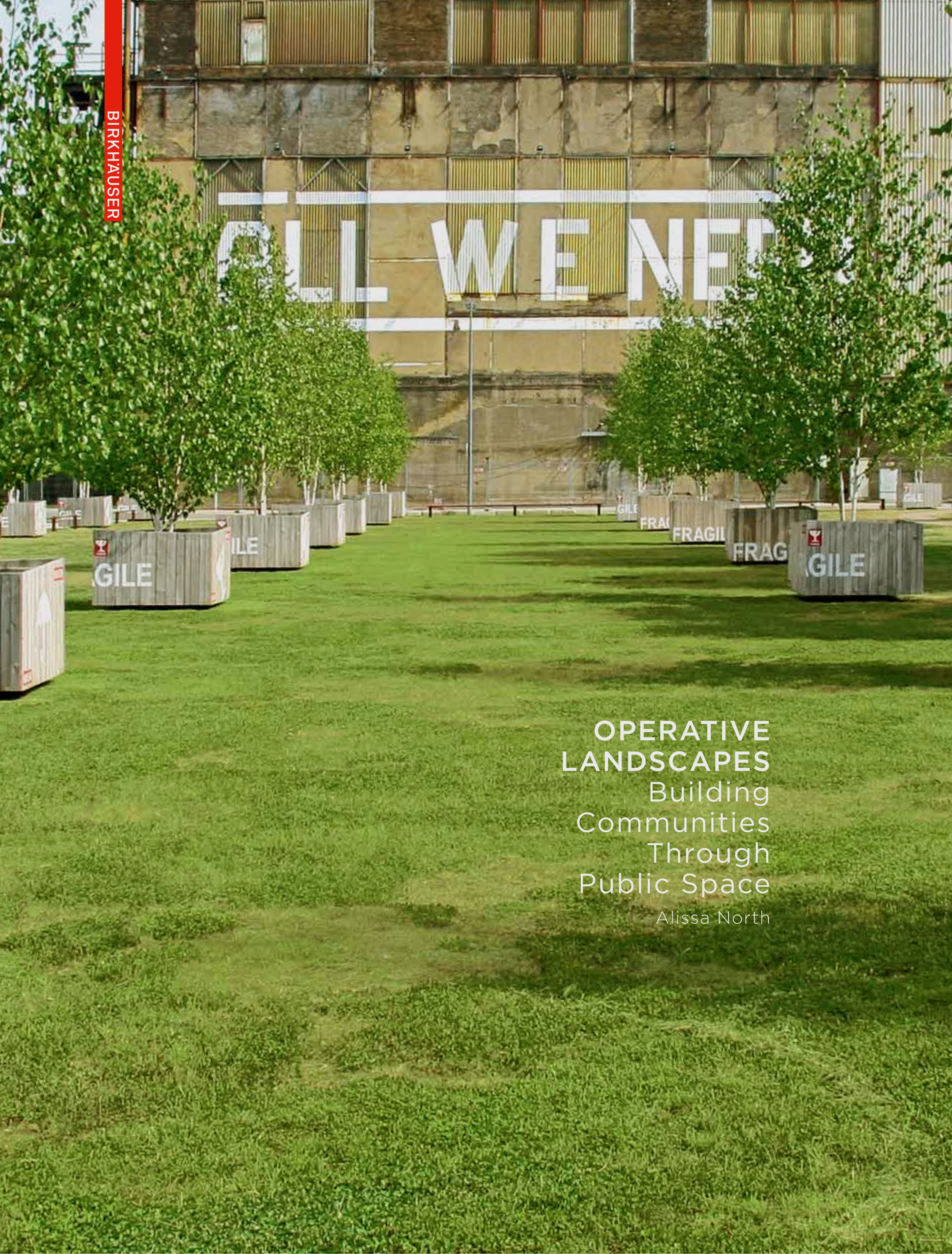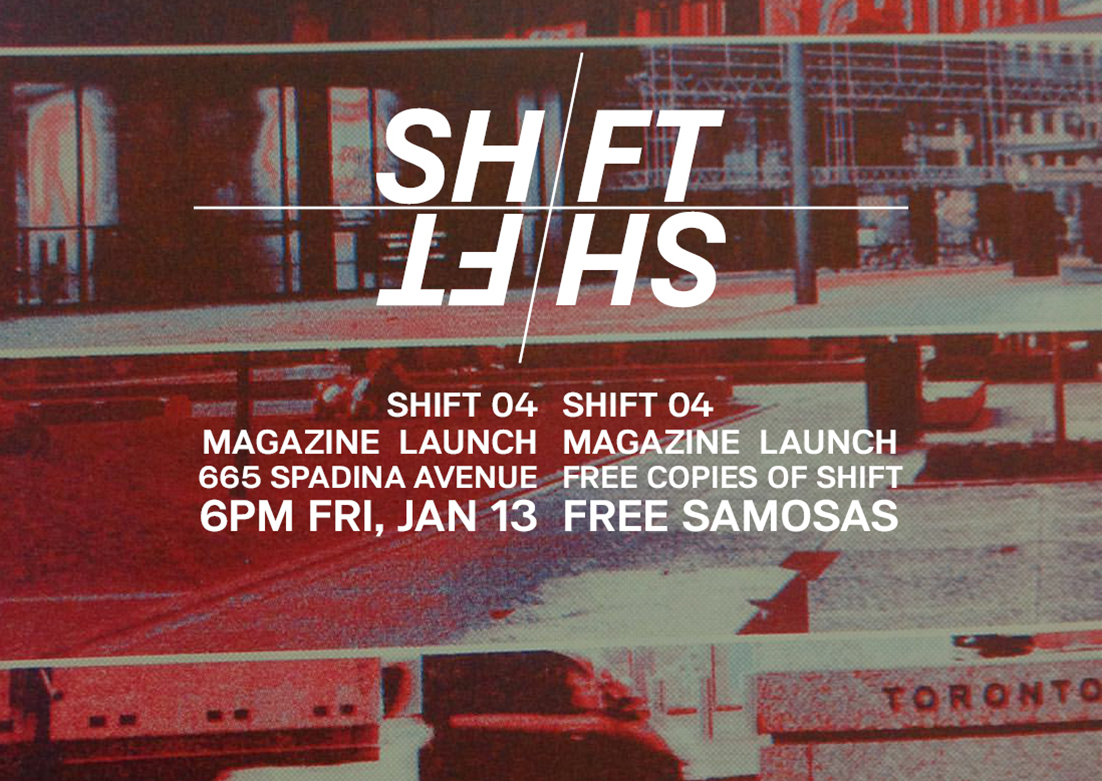
10.01.17 - Shift Magazine launches its fourth edition: SHIFT 04
By Josie Northern Harrison, Co-Editor-in-Chief, Shift Magazine
Shift Magazine — the Daniels Faculty’s Architecture and Visual Studies undergraduate publication — is excited to announce the launch of its fourth issue: SHIFT 04. This edition of Shift Magazine focuses on activism in art, architecture, and urban design — how the three fields can impose political ideologies, and how they can act as a representation of voices that are often undermined by powerful organizations. SHIFT 04 is a departure from the previous editions of the magazine, which acted as more of a scrapbook of undergraduate student work. Instead, this edition was heavily curated to emphasize that there are Daniels undergraduate students who think deeply about very real political issues.
The printing method used for SHIFT 04 is also very different from the last edition, which used a heavy 80lb paper with a perfect bind. As Co-Editors in Chief, Phat Le and I wanted to use the magazine object itself as an opportunity to express a statement about the institution of architectural student work. We chose cheap printing methods to destroy the preciousness of the architectural object. To achieve this, we utilized the risograph printing process on a lightweight 40lb newsprint paper with a saddle-stitched bind. Risograph reduces the cost of printing by only printing with one colour at a time instead of the CMYK and similar processes which combine colours to achieve a specific hue. For Shift, almost all of the images and text are either red or blue; for one image, we combined the two colours to create purple. By creating this lo-fi aesthetic, the magazine takes architectural work out of its typical white walled, pristine environment into an imperfect context that feels more accessible because it doesn’t try to look lavish.
SHIFT 04 is comprised of mostly essays with some photos and illustrations. Phat Le interviewed Syrus Marcus Ware about his work with Black Lives Matter, and the importance of the arts for activism and acceptance. Najia Fatima interviewed Elle Flanders and Tamira Sawatzky of Public Studio about attempts to separate politics from art, and their artwork that addresses the settler and colonial relationship in Palestine. Other essays in SHIFT 04 discuss the use of architecture as oppression in Palestine, the 2013 protests at Taksim Gezi Park in Turkey, and the TD Centre in Toronto as a proposed site of protest.
The launch for SHIFT 04 will take place from 6PM to 9PM on Friday, January 13 at 665 Spadina Avenue. Free copies of Shift will be available, and the editorial team will be present to discuss the work of the magazine. Visit the event page for the SHIFT 04 launch on Facebook for more details.


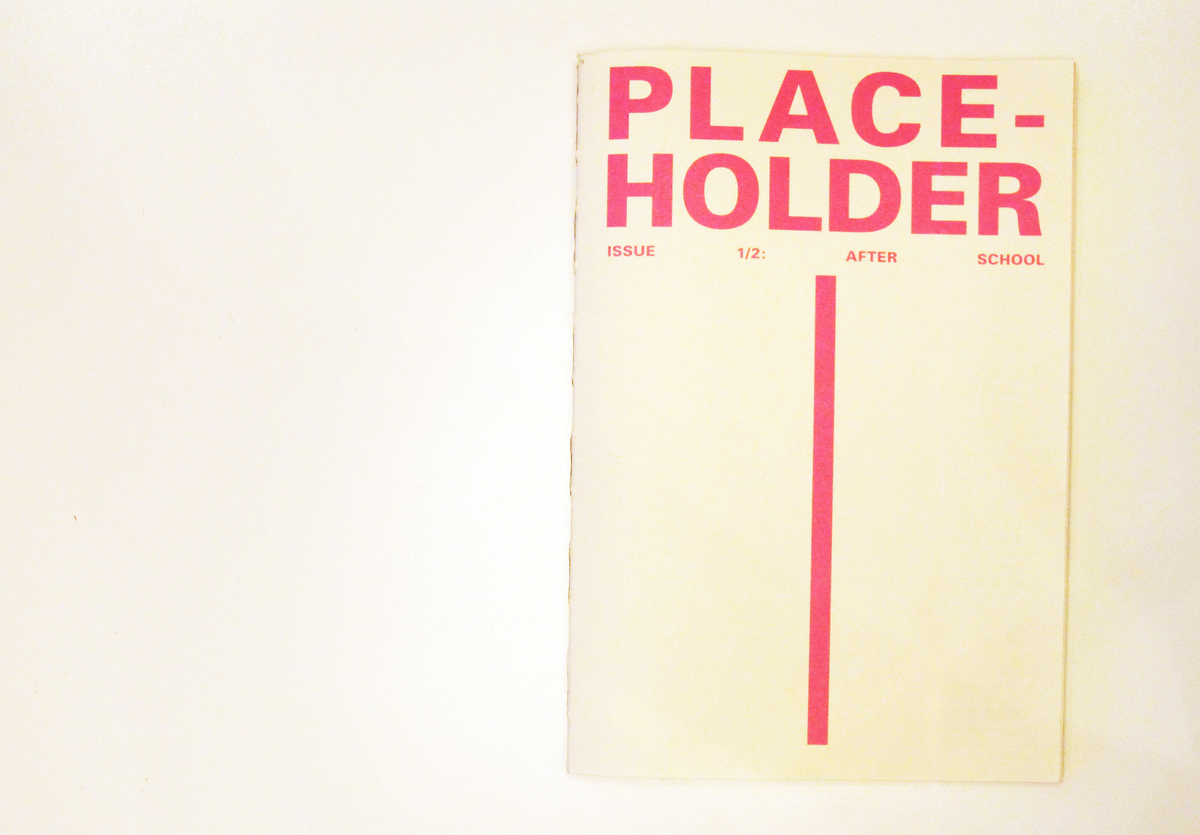

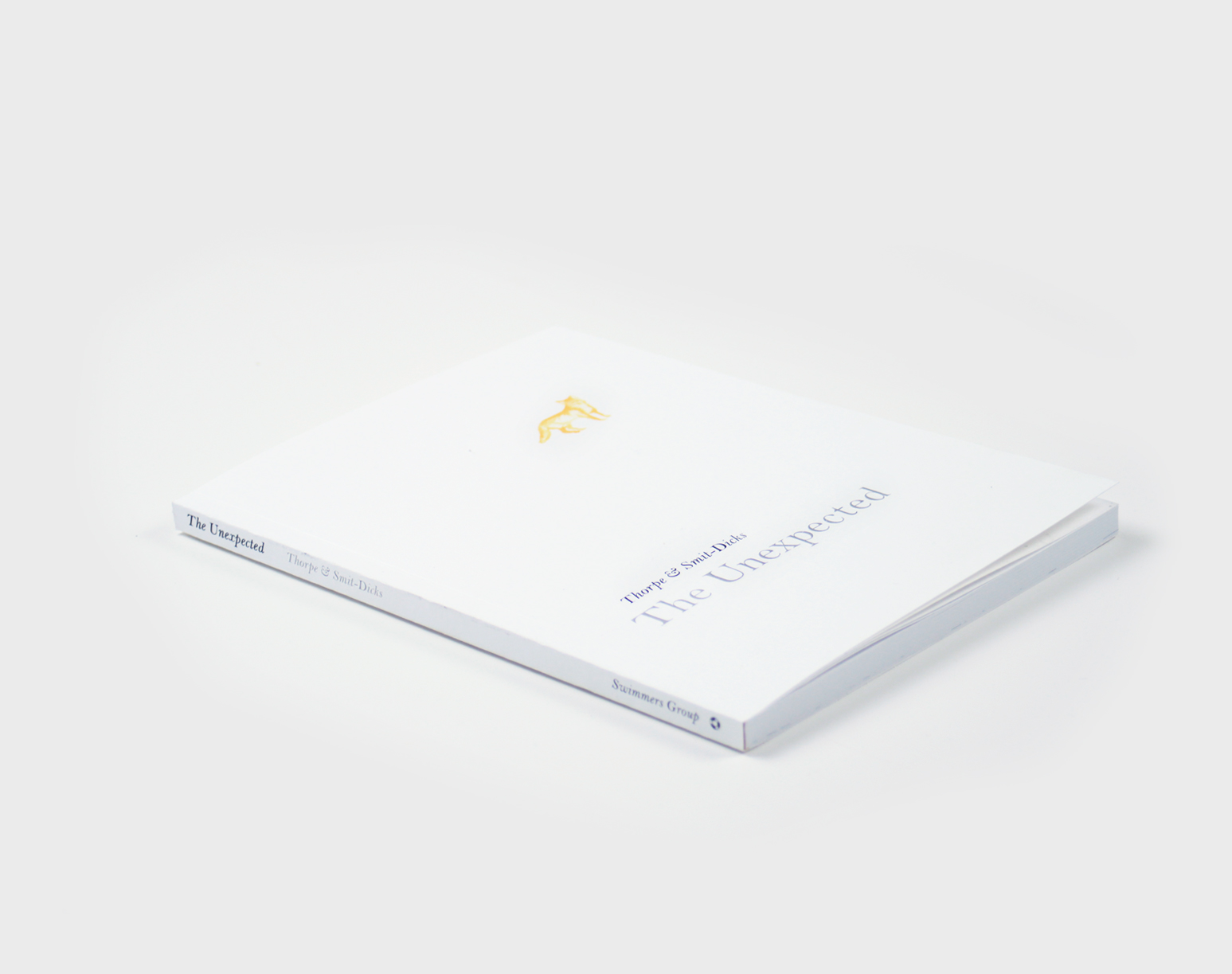
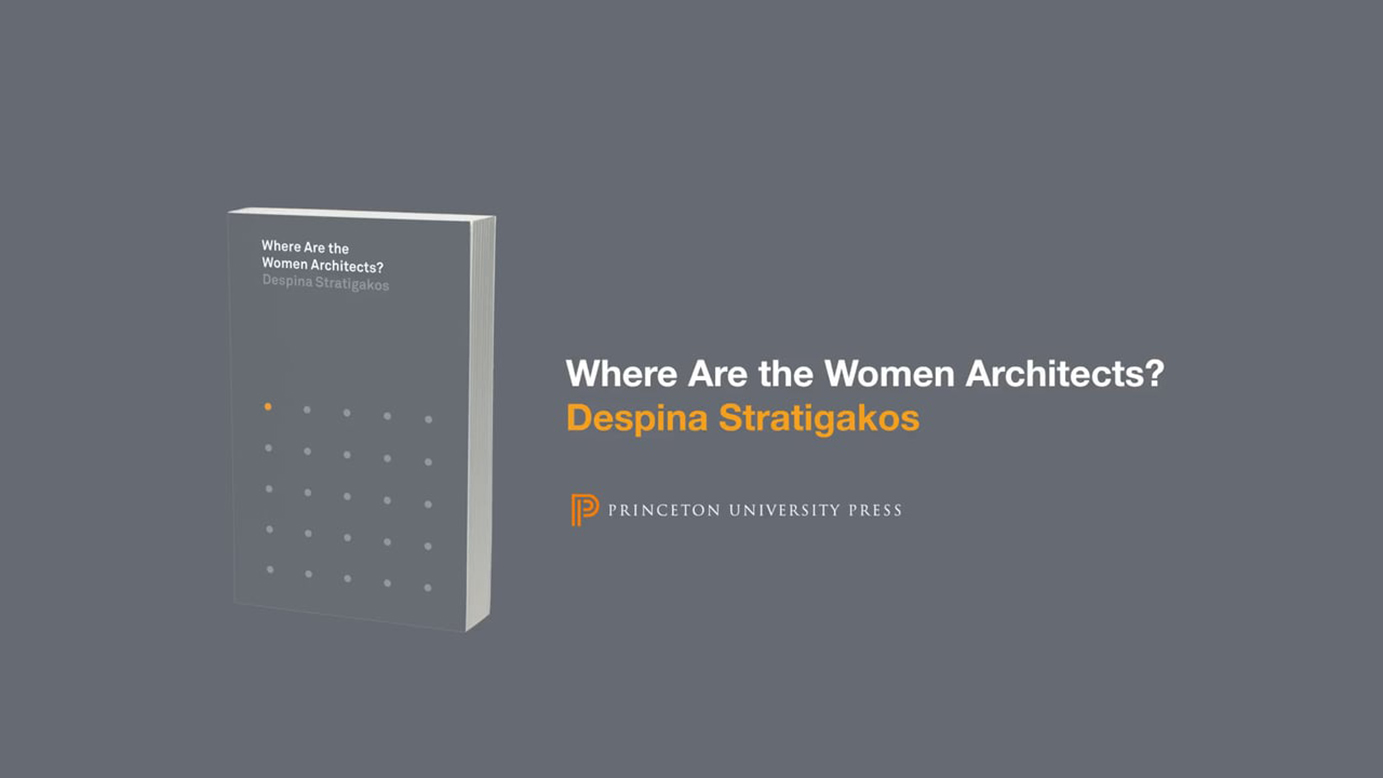
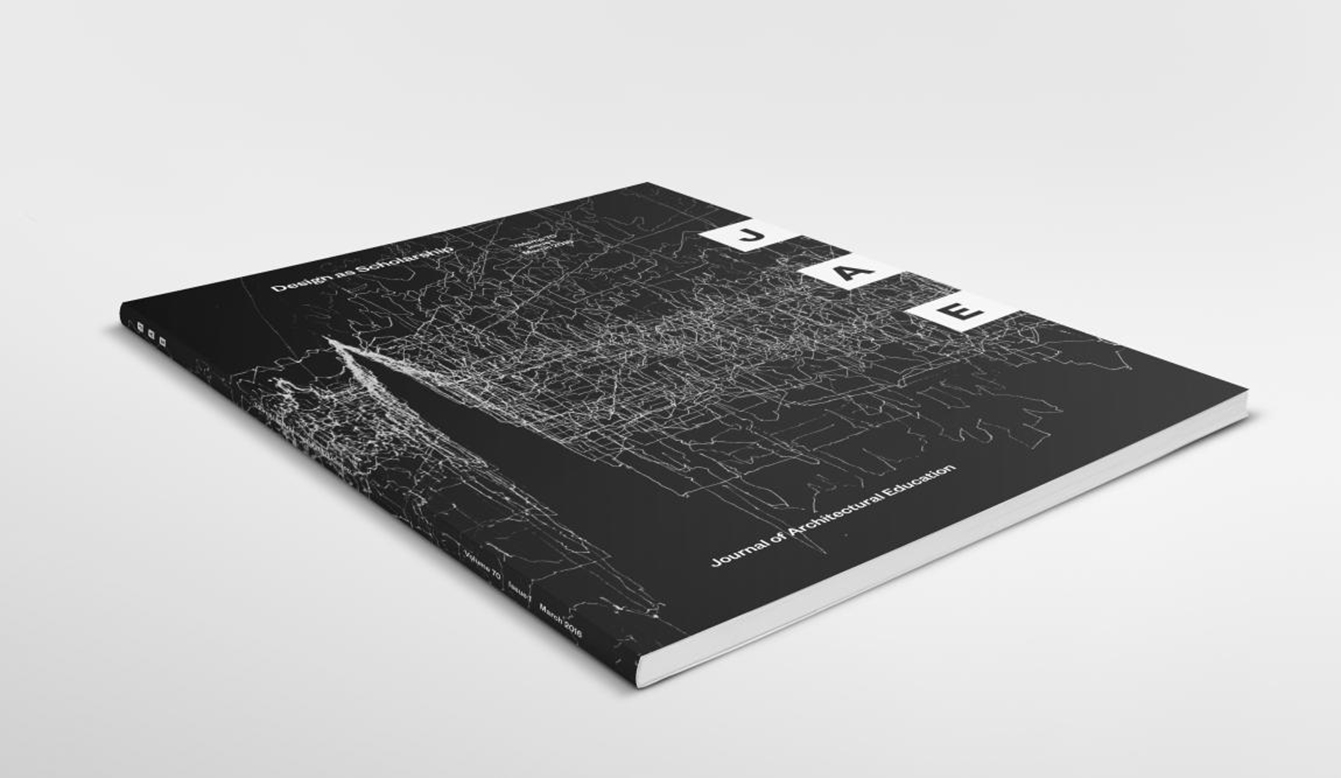
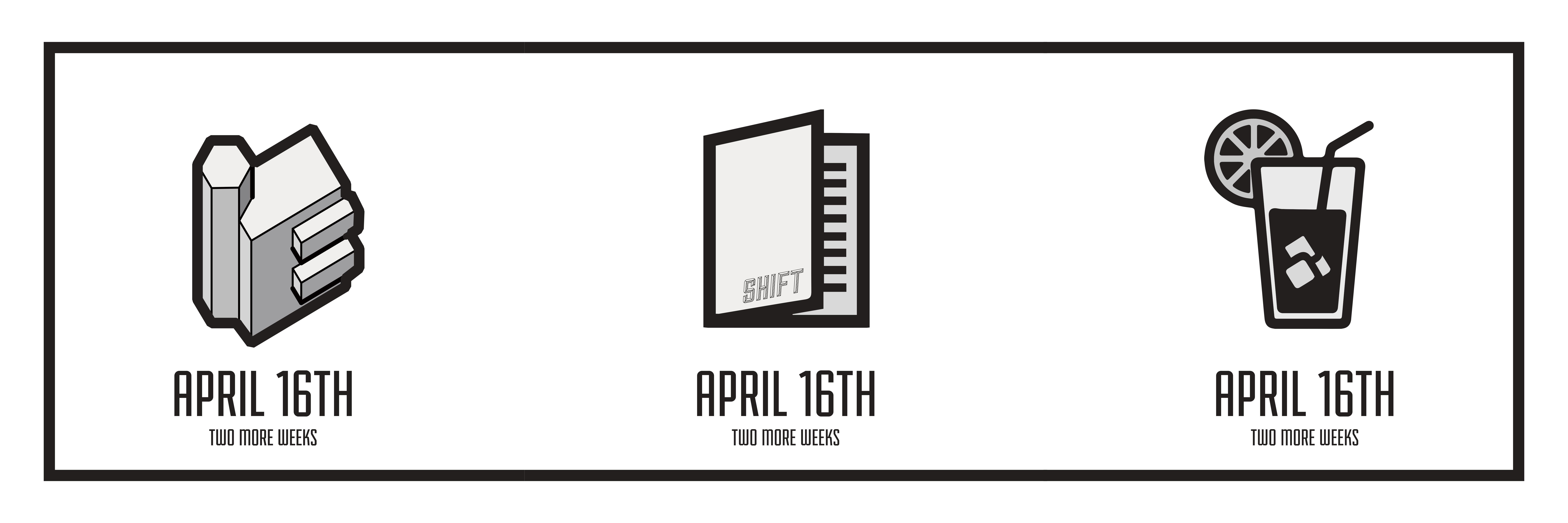
![Alissa North [far right] with MLA student](/sites/default/files/news/2016.06.20_-_alissa_north_far_right_with_mla_students.jpg)
